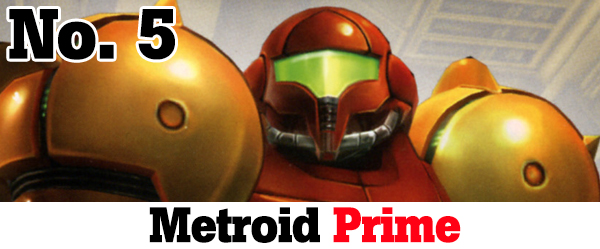Percent of the vote: 5
Release date: 1991
Place in the series’ timeline: After Ocarina of Time in a universe where that game’s Link failed to defeat Ganondorf.
Staff Writer Mike Minotti: The third Legend of Zelda game Nintendo released was set before the events of two Nintendo Entertainment System installments, making it one of the earliest gaming prequels. That’s why it was called A Link to the Past, which is really just another way of saying “prequel.”
A Link to the Past sees the green-clad hero once again on a quest to save Princess Zelda and the kingdom of Hyrule from the evil Ganon. While the plot may not have been the most unique, the Super Nintendo game dazzled players with its Light World/Dark World mechanic, which allows gamers to jump between alternative versions of the same setting.
While the Master Sword’s first chronological appearance is in Skyward Sword, this was the first time fans were introduced to the famous weapon. At the end of the game, Link places the Master Sword back on its pedestal as the words “And the Master Sword sleeps again…forever!” appear on the screen. This explains why the weapon doesn’t show up in the NES games.
Neat prequel fact: Link must save seven maidens during A Link to the Past. In the original SNES version, they were called descendants of the Seven Wise Men. But when Nintendo later released the game on the portable Game Boy Advance, the Seven Wise Men became the Seven Sages, the same name used for the group who helps Link defeat Ganondorf in Ocarina of Time.
But all of the maidens appear human, while the Seven Sages represent all of the races of Hyrule, leaving many Zelda fans confused as to exactly how they’re all related.
Percentage of the vote: 8
Release date: 2002
Place in the series’ timeline: Metroid Prime takes place before the events of Metroid II: Return of Samus.
Staff Writer Jeff Grubb: Metroid Prime ended the eight-year wait for a new game in the series after the amazing Super Metroid. It also put to bed the concerns that the series couldn’t work as a 3D, first-person game. Texas-based Retro Studios not only succeeded in updating Samus into the first-person perspective, it also redefined a genre that had been based on the stagnant Doom mold for nearly a decade.
Following the events of the original Metroid, Samus was out tracking yet another distress beacon. After the traditional escape from an exploding space station, the bounty hunter chased Meta Ridley down to the surface of Tallon IV. On the planet, the franchise’s traditional exploration was combined with a beautiful art style to create an immersive experience. Clever jumping controls, a lock-on system, and the smooth transition to the Samus’s morph-ball mode made exploring the lush world frictionless.
As a prequel, Metroid Prime is filled with a wealth of information about Samus’s past. For those willing to scan the game’s many lore panels, it providea the origin of Samus’s power suit and her childhood with the Chozo race of bird-like aliens. The score of remixed tunes from previous games didn’t hurt either.
Neat prequel fact: While Metroid Prime is supposed to take place between Metroid and Metroid II: Return of Samus, early in the game a terminal in the Space Pirate ship Orpheon reveals that the frigate escaped the destruction on Zebes caused by the “hunter clad in metal.” Zebes is the setting of Super Metroid. Apparently, the meteor impact that created all of the phazon (a radioactive substance in the Metroid universe) on Tallon IV was originally supposed to have come from a chunk of the destroyed Zebes. That piece of the plot was scrapped when the game was changed to a prequel later in development, but this terminal must have slipped through.



